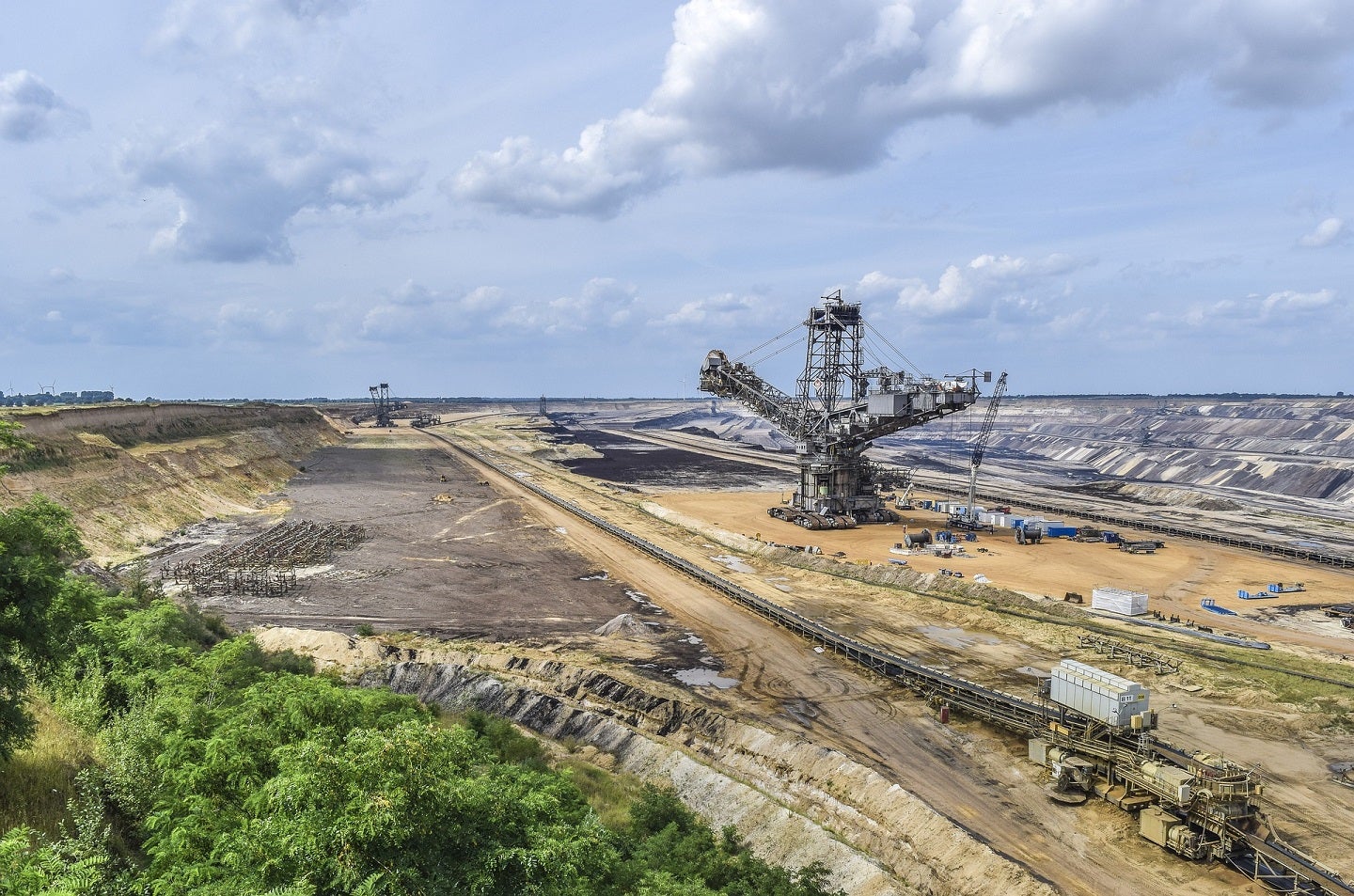
The Biden administration is still deliberating over the definition of green hydrogen, but it appears that the horses have already left the barn, or at least some of the horses have left some of the barns. The latest fossil energy stakeholder to take the green pill is the European firm Galp, with an assist from the U.S. electrolyzer startup Verdagy, which has just gotten an assist of its own from Shell Ventures.
Green Hydrogen Is What We Say It Is
To begin at the end, on August 8th, Verdagy announced that it nailed down $73 million in Series B funding. The announcement also made it clear what they mean by green hydrogen.
“Green hydrogen is defined as splitting water using renewable energy, like solar and wind,” Verdagy explains, by which they mean electrolysis.
“Green hydrogen production involves extracting the fuel from water molecules using renewable electricity in a process that doesn’t emit carbon,” elaborates our friends over at E&E News.
We always thought as much (see lots of CleanTechnica coverage here). Some energy stakeholders would like to shoehorn fossil resources into the green hydrogen shoe, by using grid-supplied electricity to power their electrolysis systems. In June the Energy Department issued a clean hydrogen guidance document that mostly throws a wet blanket over the idea, but that probably won’t stop them from trying.
Follow The Money To Green Hydrogen
The Energy Department’s guidance also offers a ray of hope to natural gas stakeholders, though a small one. Natural gas has been the primary source for the global hydrogen supply, with coal also playing a lesser role. Under the guidelines, hydrogen from fossil resources would qualify as clean only with “high rates of carbon capture.” Pyrolysis could also qualify with the same limitation.
That remains to be seen. Meanwhile, green hydrogen is apparently enjoying free rein, and investors are taking notice.
Verdagy’s Series B funding round was led co-led by Shell Ventures, which is no small potatoes, along with the high flying Singapore-based investment firm Temasek. For those of you keeping score at home, the round also gathered up new investors Bidra Innovation Ventures, BlueScope, Galp, Samsung Venture Investment, Toppan Ventures, Tupras Ventures, Yara Growth Ventures, and Zeon Ventures.
“The new funding will enable Verdagy to accelerate the launch and commercialization of its eDynamic® 20 megawatt (MW) electrolyzer module, which will serve as a fundamental unit to future systems at the 200MW scale and beyond,” Verdagy explains.
Yara Believes In Next-Generation Electrolyzers
If you caught that thing about Yara, that’s the green ammonia connection at work, Yara being one of the world’s leading ammonia producers and shippers.
Though hydrogen gets more attention as an input for hydrogen fuel cells, green hydrogen is being talked up as a pathway for decarbonizing various industries including ammonia production and steel-making, among others (more ammonia coverage is here).
Natural gas currently tops the supply chain for ammonia fertilizer. An alternative source of ammonia would help accelerate decarbonization of the global agriculture industry
Yara Growth Ventures, for one, is on board. “We see a strong need for cost competitive, clean hydrogen to be able to decarbonize and drive the movement towards a more environmentally friendly industry” said the company’s Investment Director, Stian Nygaard.
Here Comes Galp!
Galp (Petróleos e Gás de Portugal) is new to the CleanTechnica radar, so let’s take a look at it. The company has roots in the 19th century gas lighting craze and was incorporated in 1999 with a focus on oil and gas.
More recently, Galp has been working the diversification levers, and that includes green hydrogen.
“We believe that the electrolysis technology developed by Verdagy has the potential to become a leader in the coming years and help Galp realize its goals in the production of Green H2,” explained Georgios Papadimitriou, who is Galp’s executive director of Renewables, New Business, and Innovation.
“Galp’s strategy for Green H2 foresees, in a first phase, replacing the more than 70 ktpa of grey hydrogen consumed in the Sines refinery, which are currently extracted from natural gas molecules, by green hydrogen produced by electrolysis powered by renewable electricity,” the company explains. Producing e-fuels, methanol, and ammonia from green hydrogen is also in the works.
While Galp seems firmly behind Team Green Hydrogen, that’s not stopping the company from dipping into battery energy storage as well. Galp’s $5 million contribution to the Series B funding for Verdagy follows another $5 million it dropped on the US battery materials firm 6K, which Galp describes as “a cutting-edge technology to manufacture sustainable and low-cost lithium-ion battery materials.”
What Happens When Green Hydrogen Costs Less Than The Other Hydrogens?
For all the activity in the green hydrogen market, the big question is whether or not green hydrogen can compete on cost with all the other hydrogens.
That depends on the market. Here in the U.S., green hydrogen fans are keen on the idea “stacking” tax credits allowed under the 2022 Inflation Reduction Act to gain an edge on cost.
Verdagy appears to be taking no chances. Last September the company reported on a successful run of a demonstration-scale version of its patented technology. The 3200-square-centimeter, 20 kilowatt cell delivered an “industry-leading high current density in a production environment,” thanks in part to its 28,500-square-centimeter anion exchange membrane, which Verdagy claims is the largest in the world.

“The three 28,500 cm2 cells in the newly launched commercial module produce hydrogen at a rate of >3.0kg/hr per cell, validating their patented cell architecture and design that enables high current densities in a large format cell,” Verdagy explains.
“This represents industry-leading current density operations that are higher than traditional and state-of-the art Alkaline Water Electrolyzers (AWE), exceeding expectations for performance,” they add.
As for those tax credits, last September the consulting firm ICF analyzed the impact of the Inflation Reduction Act on a range of clean energy technologies and took note of double-digit percentage declines across the board, with green hydrogen power plants seeing the largest impact by tripling up on incentives.
ICF, by the way, was established as the Inner City Fund in 1969, co-founded by a former Tuskegee Airman to finance minority-owned businesses. Among many other projects, in 1984 the firm collaborated on a book with the US Environmental Protection Agency titled, Greenhouse Effect and Sea Level Rise: A Challenge for This Generation.
If you have a copy, drop us a note in the comment thread.
Follow me tinamcasey mostly on Bluesky. Also tinamcasey on Threads, Post, LinkedIn, and Spoutible, or @Casey on Mastodon.
Photo (cropped): Green hydrogen system courtesy of Verdagy.
I don’t like paywalls. You don’t like paywalls. Who likes paywalls? Here at CleanTechnica, we implemented a limited paywall for a while, but it always felt wrong — and it was always tough to decide what we should put behind there. In theory, your most exclusive and best content goes behind a paywall. But then fewer people read it! We just don’t like paywalls, and so we’ve decided to ditch ours. Unfortunately, the media business is still a tough, cut-throat business with tiny margins. It’s a never-ending Olympic challenge to stay above water or even perhaps — gasp — grow. So …




